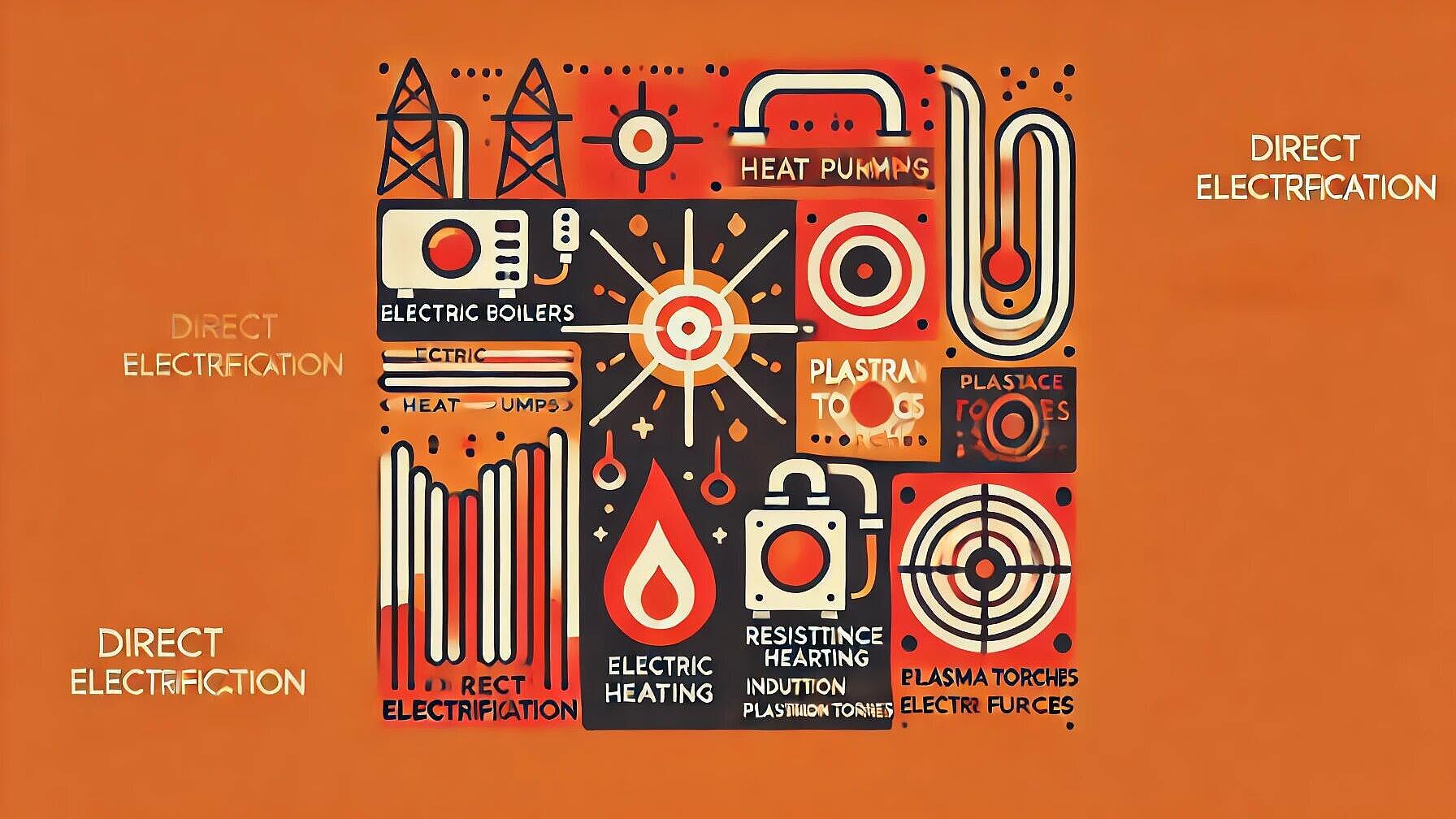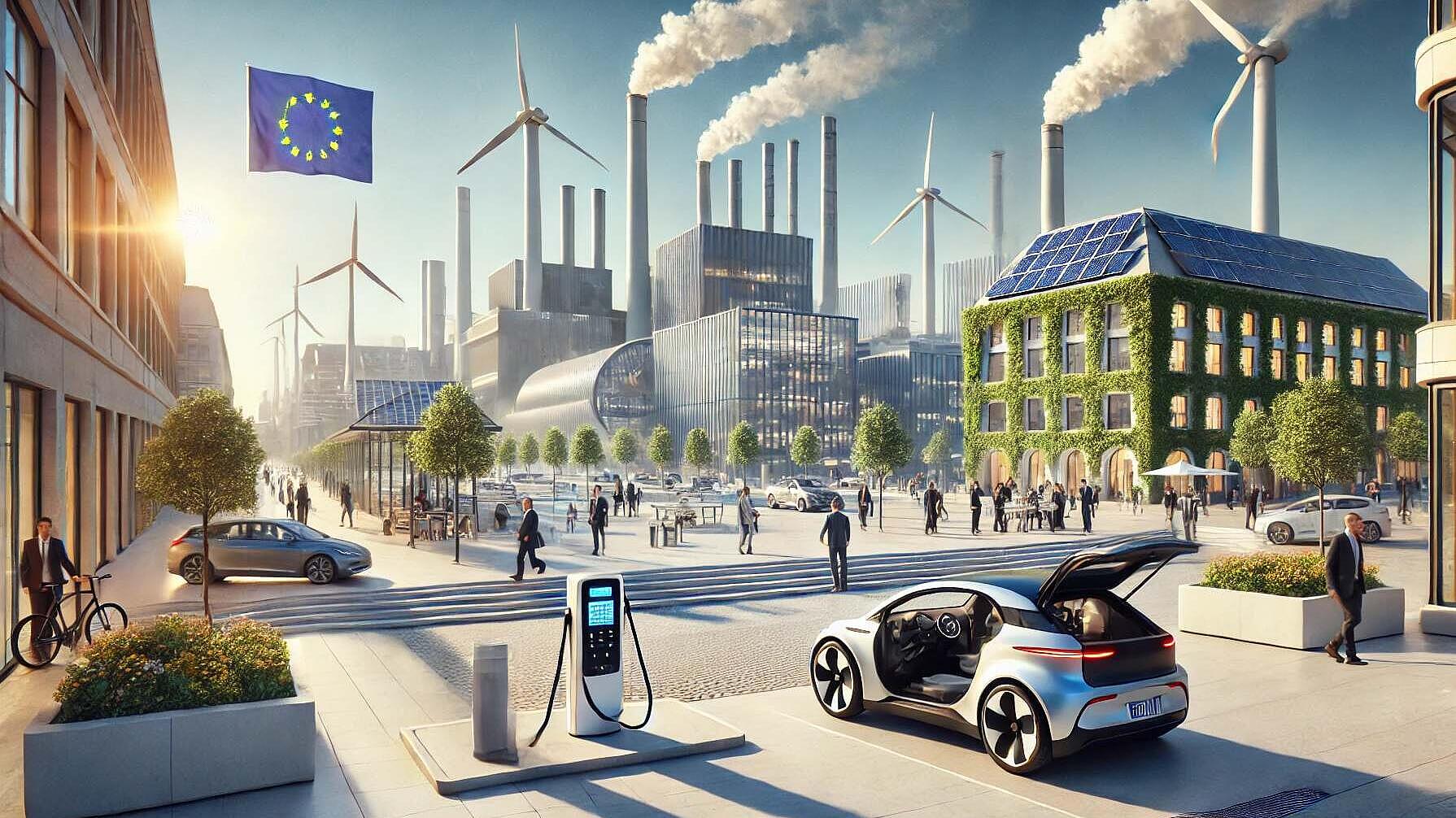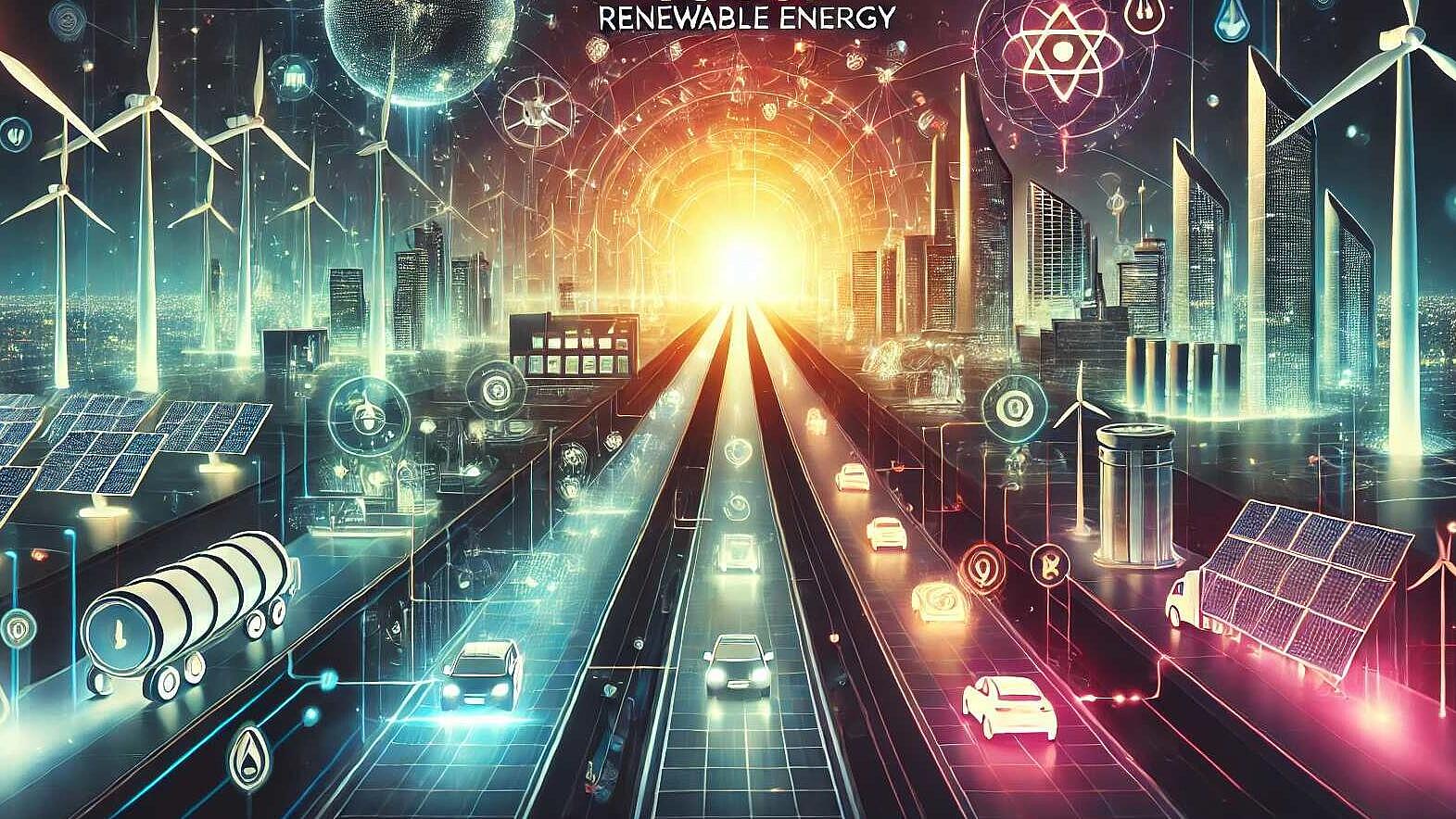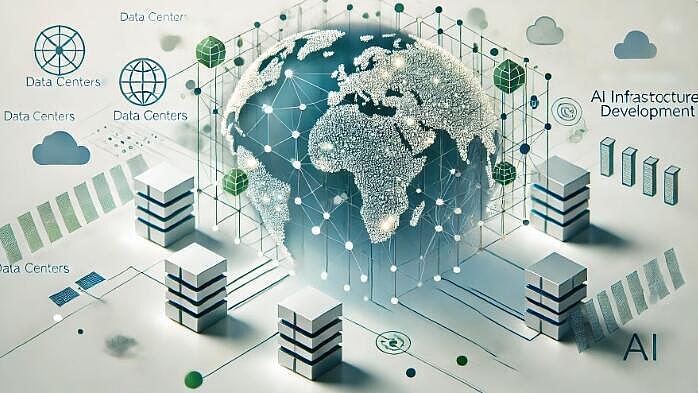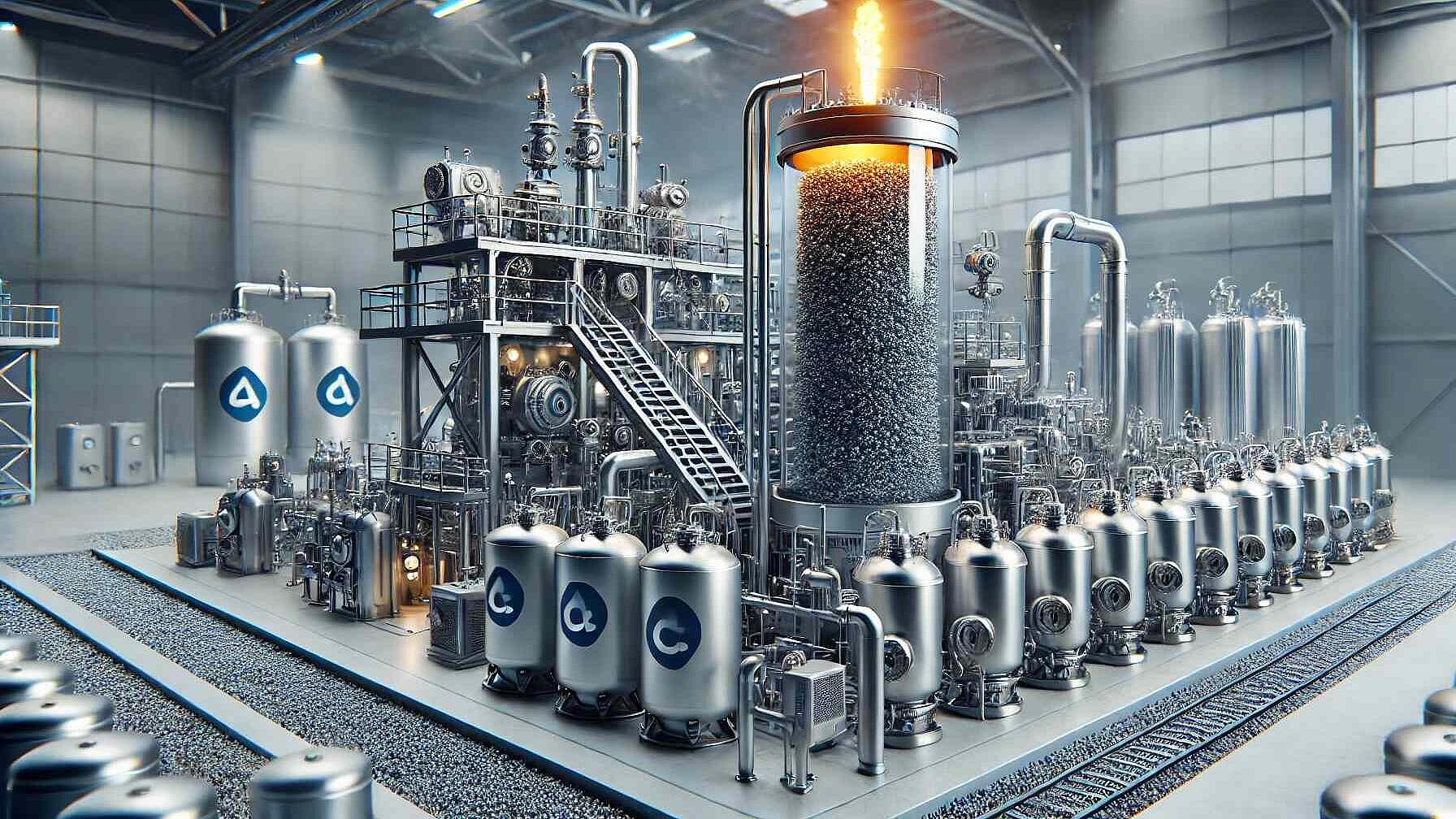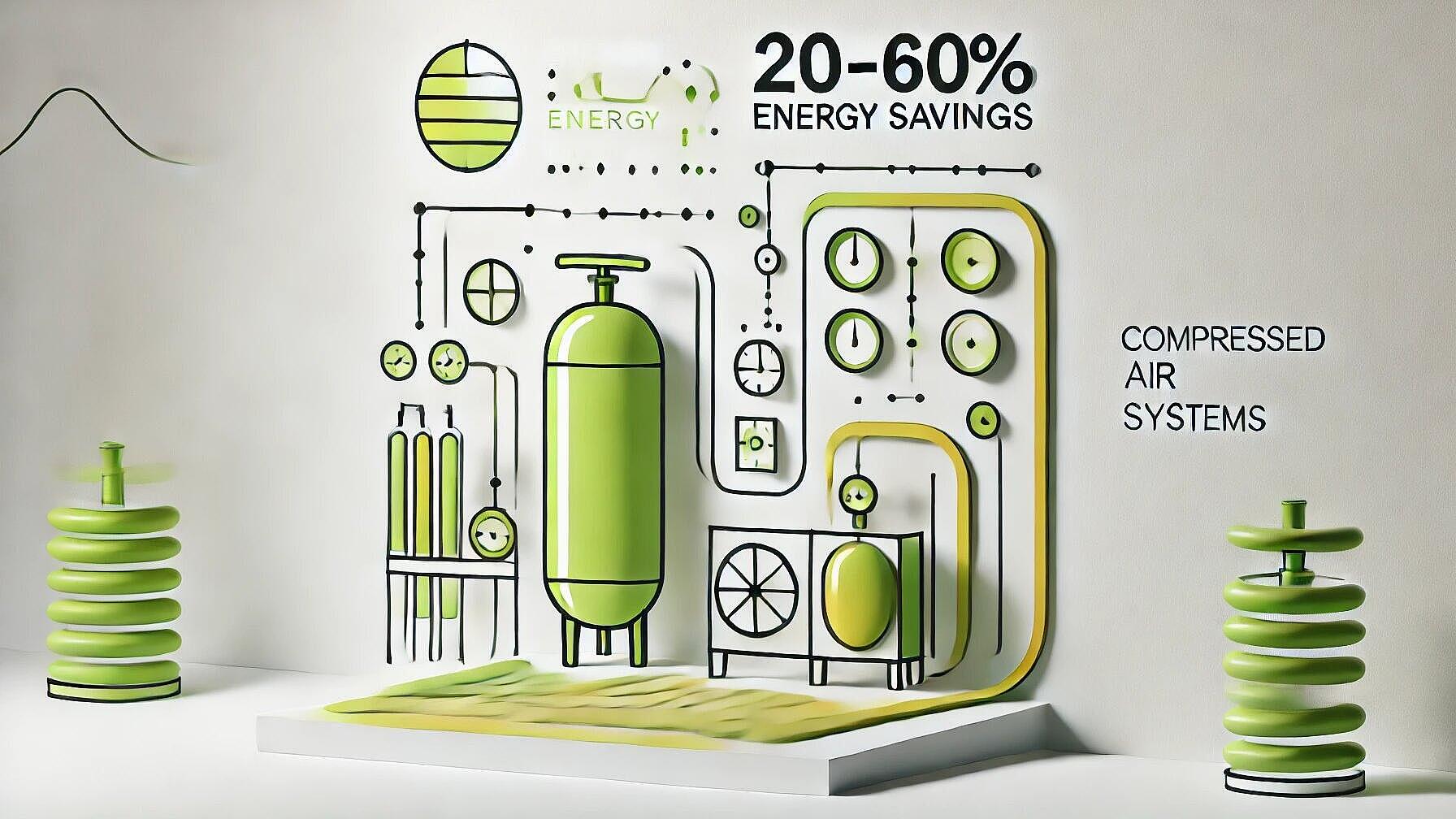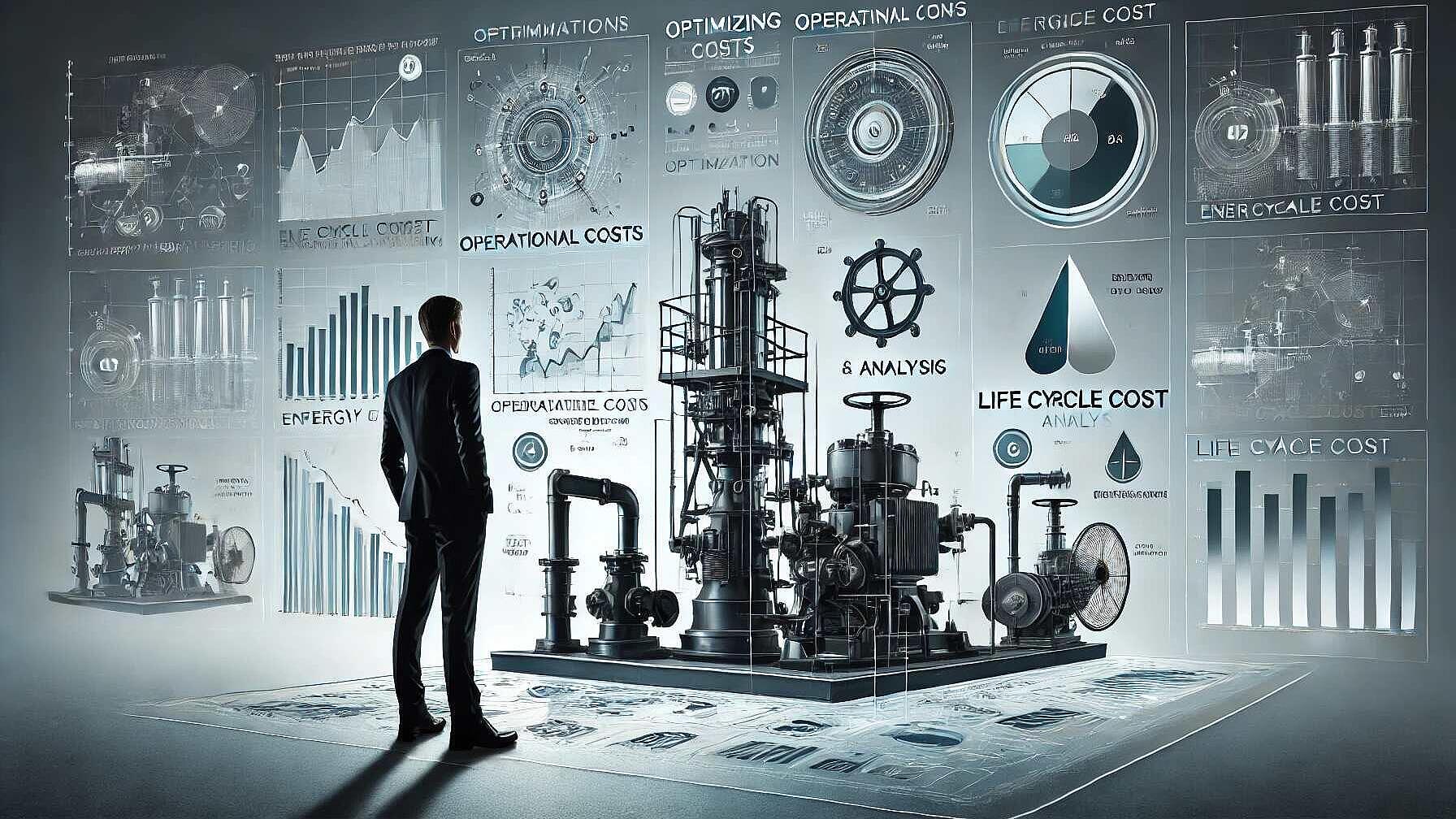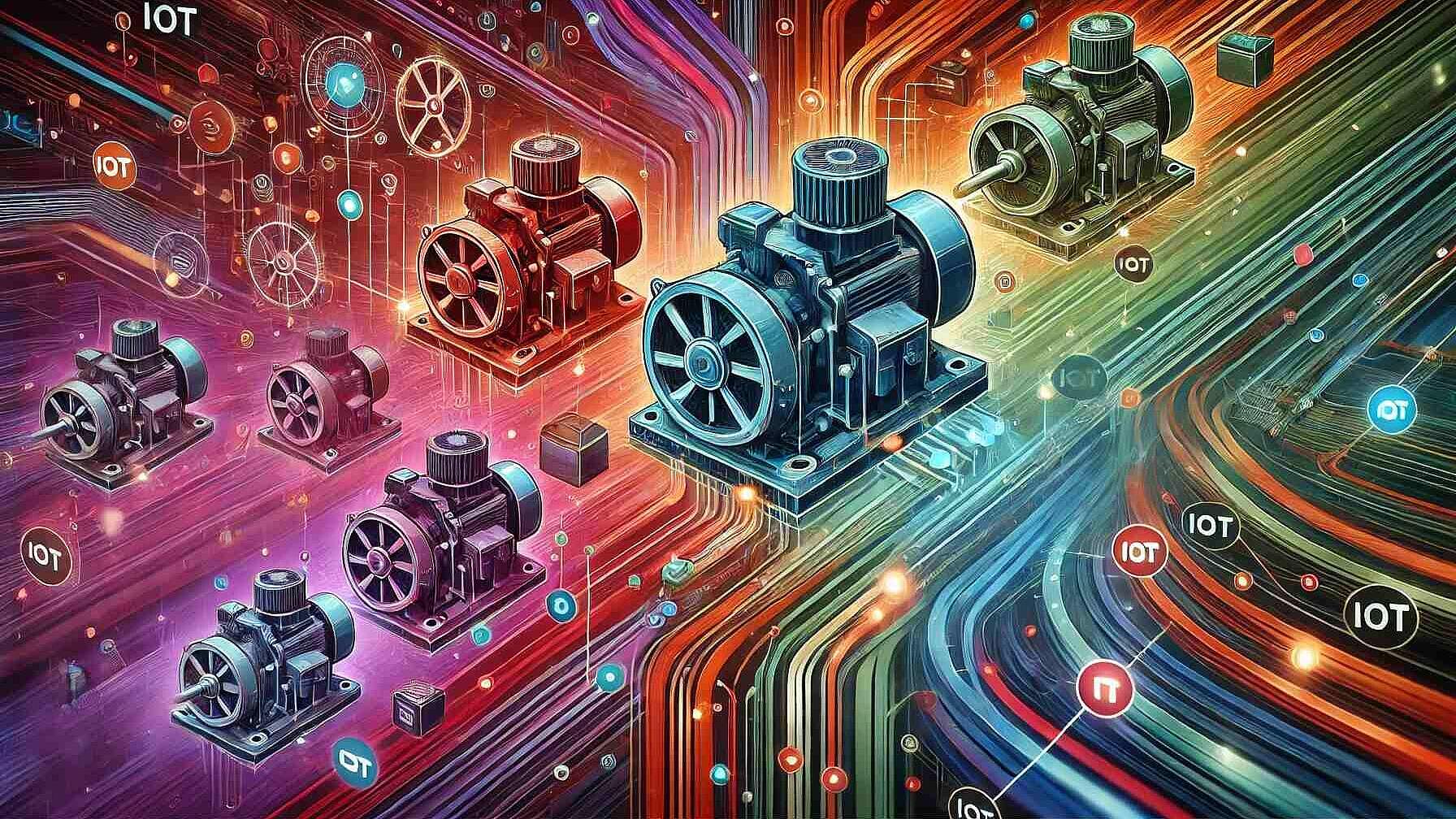 Articles
ArticlesThe Intersection of Energy and AI: Insights from the IEA Global Conference
The inaugural Global Conference on Energy and AI, hosted by the International Energy Agency (IEA), identified the critical relationship between energy and AI, acknowledging that while AI technologies require substantial electricity, they also offer significant opportunities to optimize energy systems. The IEA plans to release a comprehensive report in 2025 to deep dive into this topic further. Electricity demand is outpacing overall energy demand, with rising use of air conditioning, electrification of transport, and data centers cited as primary drivers. Data centers alone account for significant electricity consumption in regions like Virginia and Ireland. AI's transformative role in the energy sector includes advancing battery technology, optimizing energy infrastructure, and assisting in renewable energy adoption. Notably, AI developments are aiding in efficient grid management and the integration of renewable sources, key for the transition to cleaner energy systems. Global stakeholders from companies such as Google and Microsoft outlined their initiatives that leverage AI for sustainability, including enhancing data center energy efficiency and supporting renewable energy integration. Google's use of AI aids in renewable potential assessment and grid optimization, while Microsoft is focusing on collaborative AI solutions to achieve decarbonization. The conference emphasized the importance of multi-stakeholder dialogue and collaboration to align AI with energy sector needs. As AI evolves, its integration with energy systems will be crucial for a sustainable future, necessitating innovation, policy reform, and infrastructure development.
Read Full articleElectrifying Industry: The Path to Decarbonizing Process Heat
The Agora Industry study outlines direct electrification's potential to fulfill 90% of industry's non-electrified energy demands in Europe by 2035, highlighting a key opportunity for CO2 reduction and progress towards EU climate targets.
Read Full articleRevitalizing Europe's Industrial Future: The European Commission's Strategic Vision for 2024-2029
The European Commission's strategy for 2024-2029 aims to revitalize Europe's industrial sector, address economic challenges, promote sustainability, advance technological sovereignty, ensure social fairness, and strengthen global partnerships for a resilient, prosperous EU future.
Read Full articleQuiz Your Way to Energy Mastery! Discover, Learn, and Win with EnerWhizz
EnerWhizz is a mobile quiz game designed to teach players about energy efficiency and renewable energy in an engaging and competitive format, offering rewards, multilingual support, and opportunities for global competition.
Read Full articleThe Renewable Revolution: Powering Our Future
Studies outline scenarios for a 100% renewable energy system by 2050, emphasizing electrification, solar and wind dominance, job creation, grid flexibility, energy storage importance, green hydrogen's role, and socio-economic benefits including health and employment gains.
Read Full articleThe Strategic Landscape of AI Infrastructure Financing: Microsoft, BlackRock, and Global Initiatives
The Global AI Infrastructure Investment Partnership, with $30 billion from Microsoft, BlackRock, and others, aims to build AI data centers and related energy infrastructure, addressing the high energy demands of AI. Other initiatives like Google's AI Opportunity Fund and IndiaAI Mission support AI infrastructure development, focusing on sustainability and international cooperation to ensure global economic and technological advancement.
Read Full articleHarnessing Hydrogen: The Promise of Catalytic Methane Decomposition
Catalytic methane decomposition (CMD) offers CO2-free hydrogen production using transition metal catalysts, overcoming challenges of catalyst deactivation through strategies like bimetallic catalysts and reactor design innovations. Economically competitive, it potentially enables carbon-negative hydrogen via biogas, with valuable carbon byproducts.
Read Full articlePowering Efficiency: Revolutionising Compressed Air Systems for a Sustainable Future
This study examines energy savings achievable in industrial compressed air systems (CAS). It highlights common inefficiencies such as leaks, improper storage, and suboptimal compressor location. Implementing best practices can reduce energy usage by 20-60%, implying substantial cost and environmental benefits.
Read Full articleRevolutionizing Pump Systems: The Power of Life Cycle Cost Analysis
Pumping systems represent significant energy and cost usage in industrial operations. Implementing thorough Life Cycle Cost (LCC) analysis can yield major savings by encompassing all ownership costs from initial purchase to decommissioning. Proper design, avoiding oversizing, and maintenance are crucial strategies.
Read Full articleDigital Solutions for Energy Efficiency in Industry
The 4E TCP report demonstrates how digital solutions in industrial motor systems enhance energy efficiency, with case studies showing benefits like reduced electricity consumption, improved operational flexibility, and lower maintenance costs. Advanced control systems, real-time data monitoring, and IoT technologies lead to significant energy and CO2 savings across various sectors, despite initial investment and implementation challenges.
Read Full article